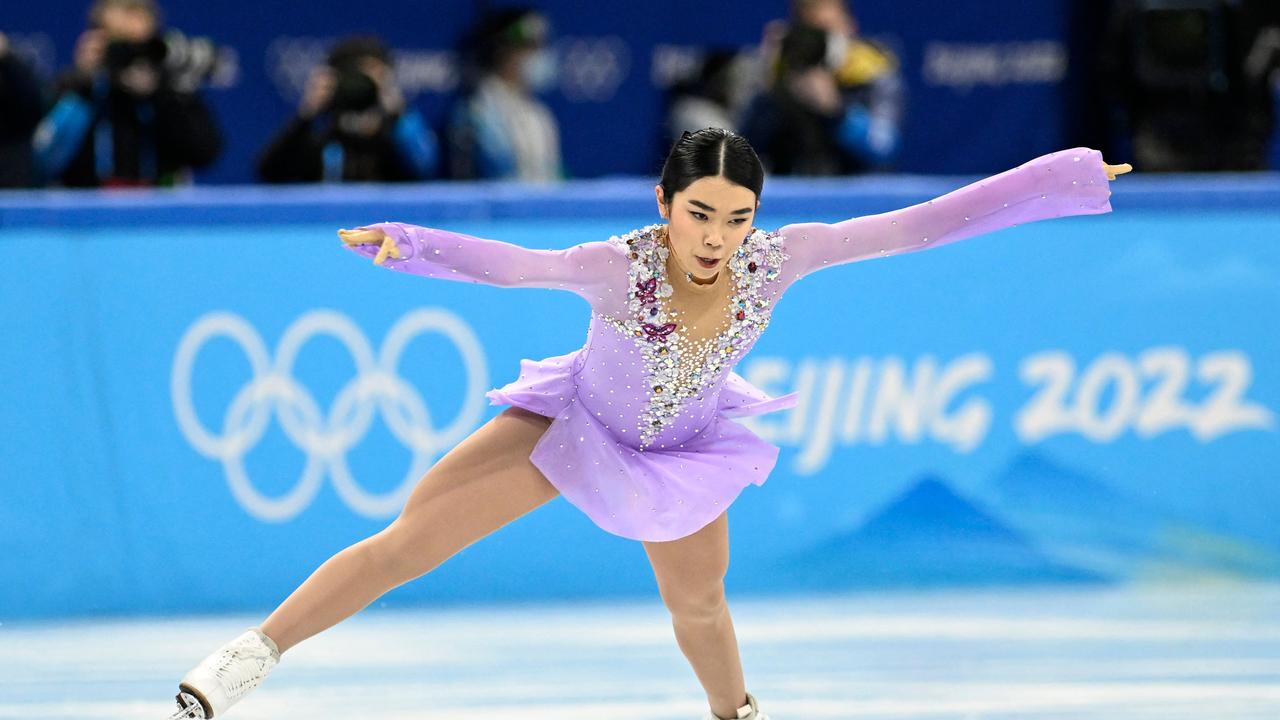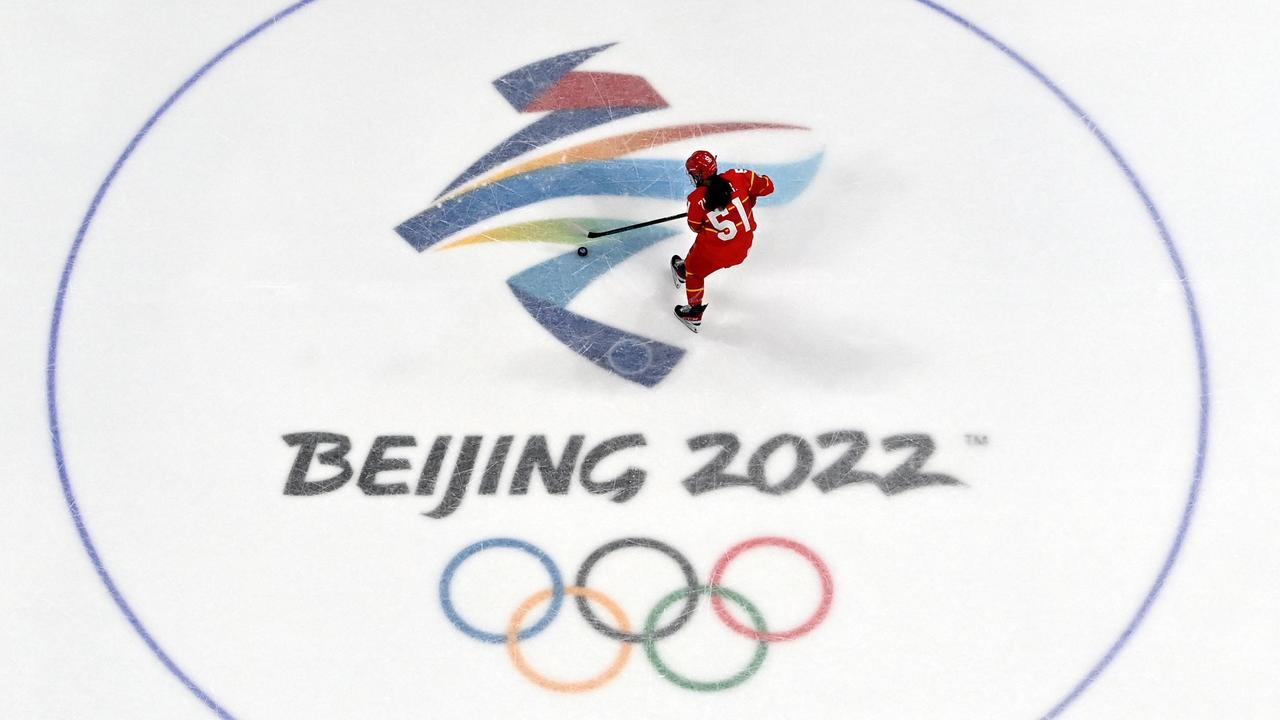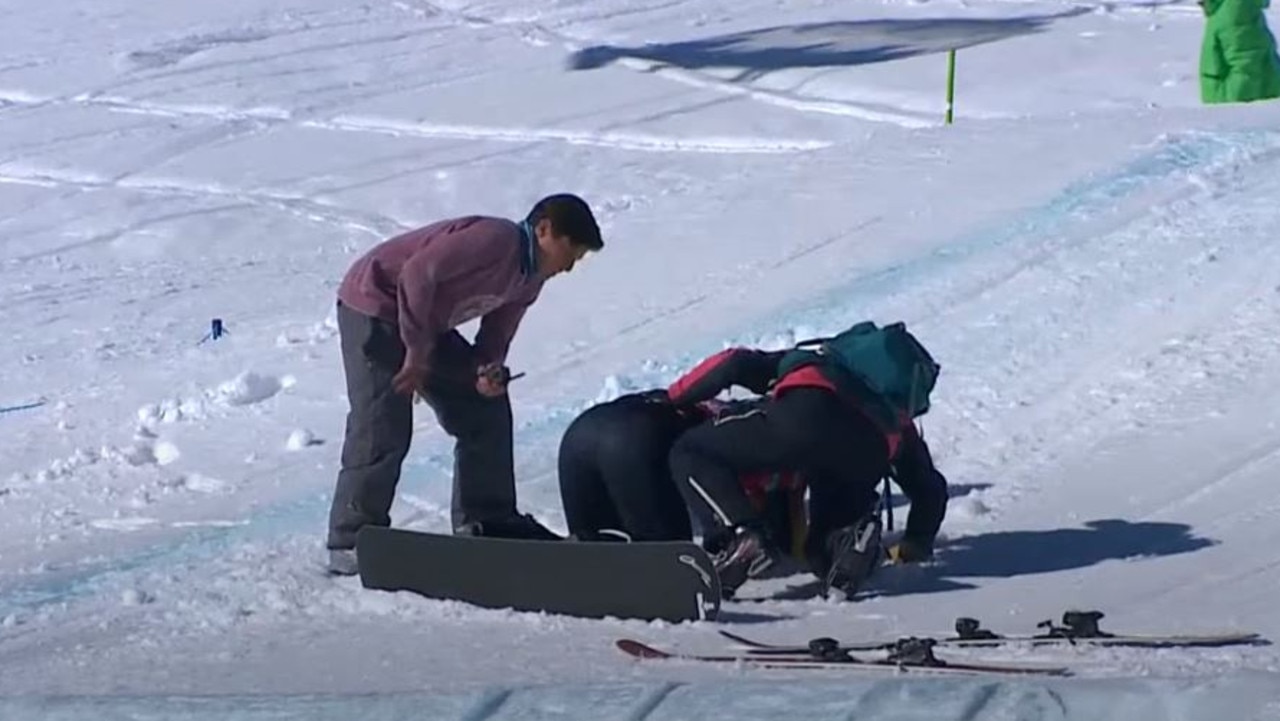Beijing Winter Olympics puts global issue in the spotlight
The ice used at the Beijing Winter Olympics has raised serious questions over an issue that is wreaking global havoc.

A little-known detail at the Beijing Winter Olympics most viewers would be entirely oblivious to has drawn attention to a glaring global issue.
The damaging toll of artificial refrigerants, which are responsible for keeping 11 of Beijing’s 15 Olympic ice rinks chilled, have been exposed for their horrific impact on global warming.
Four of the rinks, used for figure skating and speed skating events, were constructed using new carbon dioxide cooling systems which emit far less greenhouse gases than the traditional alternative.
Their introduction comes amid growing concern global warming is damaging winter sports as they become increasingly reliant on man-made snow, which requires huge volumes of water and energy.
The Beijing games are a perfect example of this, with China building huge irrigation systems ahead of the Olympics set to churn through 800 Olympic-sized swimming pools’ worth of water.

Associate director of venues for the International Olympic Committee Xavier Becker said moving away from artificial refrigerants in Beijing would set a prime example for other global events.
“The refrigeration industry in China can be transformed,” Mr Becker said, according to NBC.
While ammonia was one favoured alternative to traditional hydrofluorocarbons (HFCs) systems, Olympic officials opted against it out of concern there would be a toxic leak.
They opted for CO2 cooling instead, which is slightly newer and has minimal climate consequence when compared to HFCs.
The four rinks using the CO2 systems were built especially for the Olympics, while the remaining 11 were pre-existing and too difficult to have new systems installed.

While the older rinks were operating on HFC systems, they were newer generation versions that were less taxing on the environment than their predecessor.
More Coverage
Senior engineer at the US Energy Department’s National Renewable Energy Laboratory Chuck Booten predicted climate consequences of cooling would get far worse before they got better.
He said as people in the developing world received greater access to technology, their use of harmful refrigeration would subsequently increase.
“People don’t currently have airconditioning. They don’t currently have refrigeration. But as the world develops, they’re getting that,” he said.





